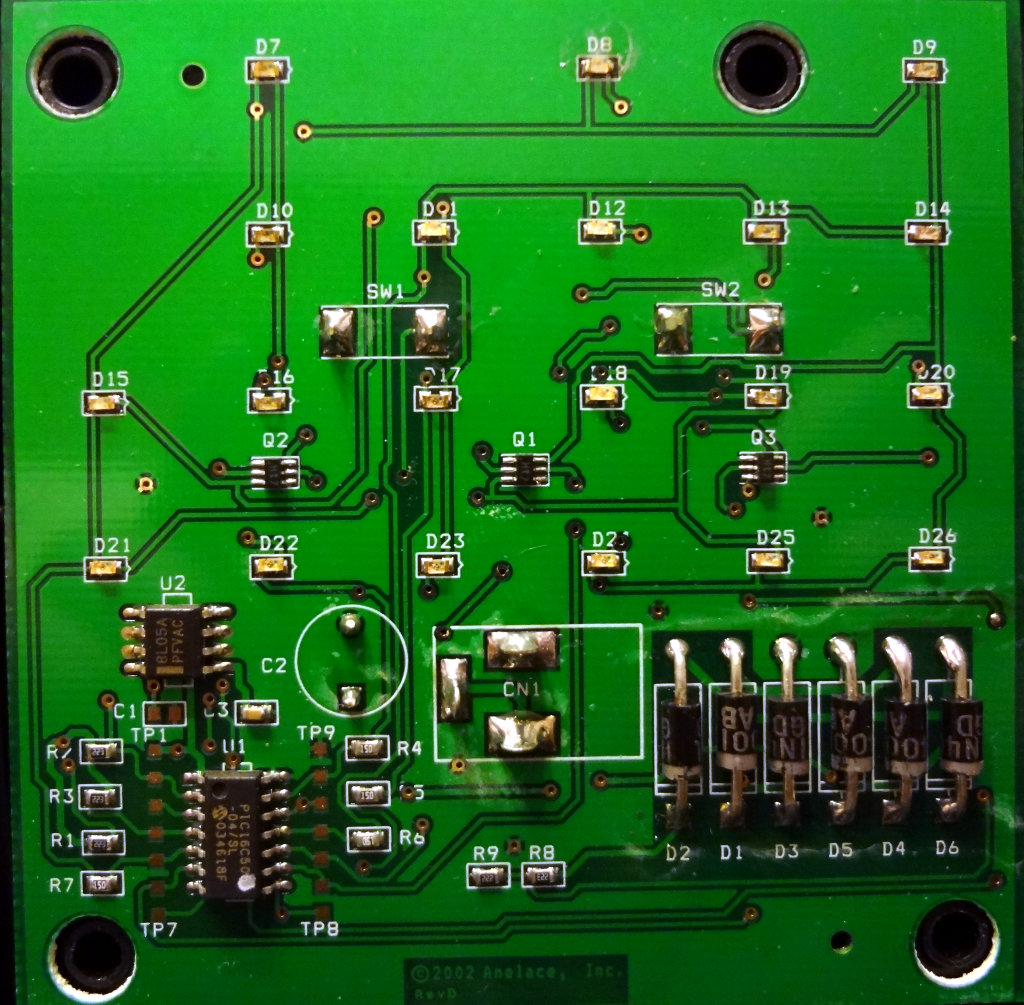Helping out with radio communication support during the Charleston Marathon was a lot of fun yesterday. The weather was on the chilly side with a breeze that didn’t help much. At least it was a sunny day which helped a bit.
I was assigned to the 23 mile mark which, for the marathon course, was also the 17.5ish mark too. It was a while before I saw the first marathon runner come by, about an hour and 40 minutes into the race. There were a few runners trickling by, and then a pretty steady flow of runners over the couple hours going one way, then coming back the other way towards the finish.
The runner in the Superman Underoos outfit gave me a chuckle as he ran by. There was another person wearing a Spiderman shirt, and a woman wearing a 1800s period dress complete with parasol. Probably the most impressive were the two firefighters walking the course dressed in full gear.
Fortunately there were no major incidents (not that I heard over the radio anyway). Had to call for some assistance when a runner broke down at my location but that’s about it. A few other runners broke down at other points in the course but nothing severe.
Just before 2:30PM, the net wrapped up operations and I secured my location. There were only a handful of stragglers walking the rest of the course by that point.
All in all, aside from the temperature, it was a lot of fun. I found out that my HT can reach the repeater on the Yorktown from 8 miles away and that even when broadcasting the time calling signal at max volume pretty much continuously for 4 hours, the battery held out for the entire time. Good things to know.
Like this:
Like Loading...


